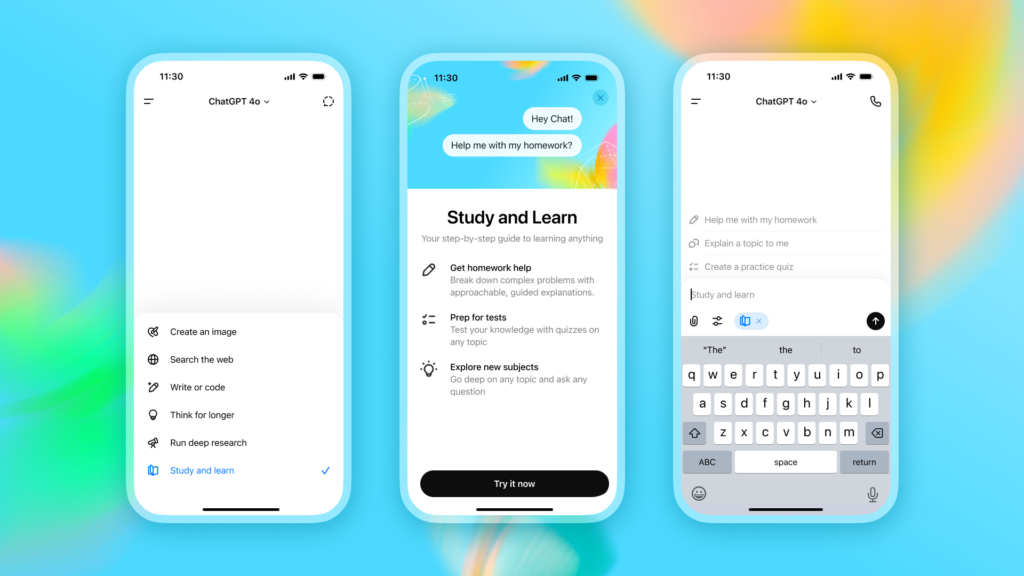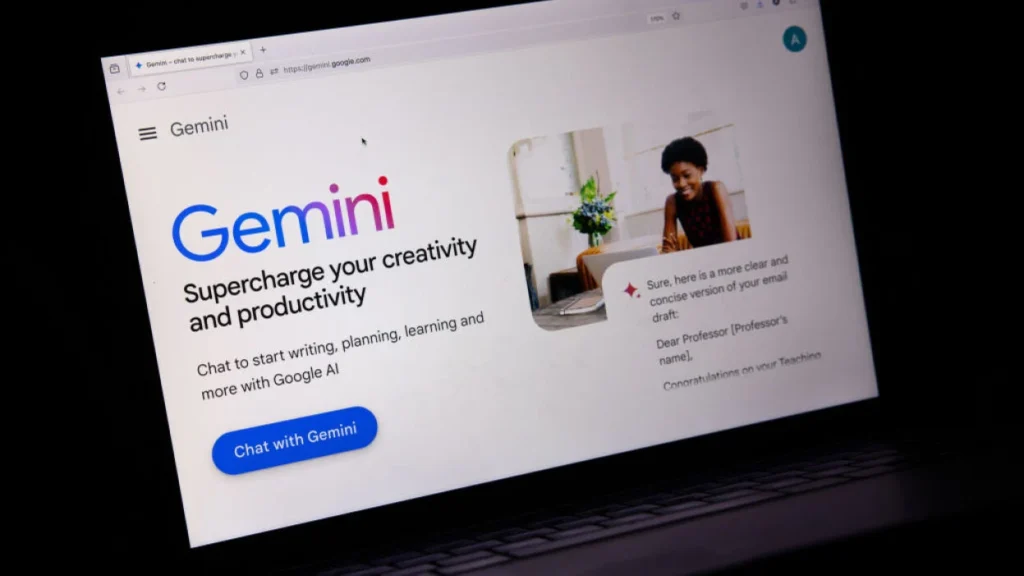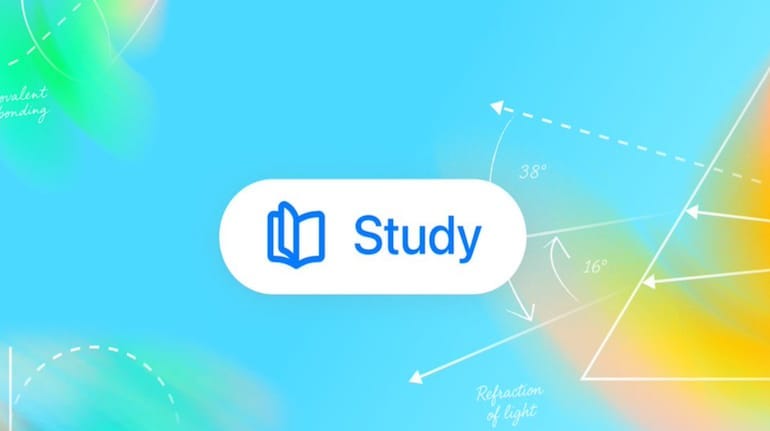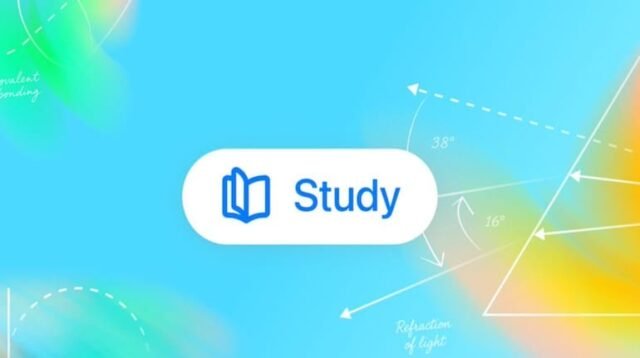With the launch of OpenAI’s Study Mode, education is entering a bold new era. Rather than acting as an answer generator, ChatGPT now emphasises student engagement, working like a tutor by nudging learners through questions. Meanwhile, Google’s Gemini for Education is expanding its reach across classrooms via Google Workspace, offering integrated AI tools that streamline lesson planning, quizzes, and learning experiences. Together, these moves signal that education is becoming a key battleground in the AI arms race.
Table of Contents

OpenAI’s Study Mode: More Than Just Answers
A Socratic Reinvention
Launched on July 29, 2025, Study Mode transforms ChatGPT into an educational coach. Instead of handing over instant solutions, it asks students guiding questions and delivers tailored explanations based on the user’s learning level and objectives.
Built with input from educators, scientists, and pedagogy experts from over 40 universities, the system embeds proven learning strategies—such as metacognition, scaffolding, and reflection—to deepen user engagement.
Key Features
- Scaffolded Responses: Complex topics broken down into digestible chunks with progressive difficulty.
- Interactive Prompts and Knowledge Checks: Quizzes, flashcards, and open-ended questions keep users actively learning.
- Adaptability: Learner preferences and past performance guide future sessions for personalisation.
- Flexible Toggle: Users can enable or disable Study Mode mid-conversation.
Why It Matters
Reports show roughly one in three college-aged people use ChatGPT, often as a quick fix for assignments. Study Mode responds to concerns about dependency and academic dishonesty by introducing deliberate “friction” to learning.
Critics, including Wired, note that while it’s a step forward, Study Mode doesn’t eliminate the ability to switch back to regular mode or fix issues like hallucinations. Still, when used properly, it could elevate ChatGPT from a shortcut tool to a pedagogical ally.
Google’s Gemini for Education: Building on Familiar Foundations
What It Is
Google’s Gemini for Education, powered by Gemini 2.5 Pro, offers integrated AI assistive tools within Google Workspace for Education, including Docs, Slides, Forms, and more. These features are available at no additional cost to schools using Workspace accounts.
Classroom by Design
77 AI features, including a dedicated Gemini tab in Google Classroom, support educators and students alike:
- Lesson and Assessment Design: Quizzes, rubrics, and differentiated materials generated automatically.
- NotebookLM and Audio Overviews: Teachers can upload content to generate interactive guides or audio study aids using NotebookLM.
- Teacher‑Created “Gems”: Educators create mini‑AI agents based on curricula to help students learn independently.
- Enterprise‑Grade Data Protection: Student data isn’t used to train models, and privacy is built-in.
Strengths & Education Synergy
Gemini performs exceptionally in academic research, tech-savvy teaching tasks, and real-time data integration. It outperforms ChatGPT on complex reasoning, coding, and higher-order tasks in some head-to-head comparisons.
Gemini’s deep integration with Google Classroom and Docs makes it a natural extension of existing school workflows, especially for institutions already committed to Google’s ecosystem. It empowers educators to free up valuable time and personalise instruction at scale.

Head-to-Head: Study Mode vs Gemini for Education
| Feature | OpenAI Study Mode | Google Gemini for Education |
|---|---|---|
| Learning Style | Socratic, student‑driven questioning | Tool‑assisted lesson prep and interactivity |
| User Control | Toggleable within chat | Admin‑managed workspace control |
| Instruction Input | User-defined query and level | Educator-created content and Gems |
| Security & Privacy | Standard ChatGPT with optional Edu plan | Enterprise-grade, data not used to train models |
| Integration | Critical thinking, self-reflection, and breakdown | Across Classroom, Docs, Sheets, Drive |
| Pedagogical Focus | Reflective learning habits | Lesson planning, coding, collaboration, and project management |
| Strengths | Content creation, assessment, and workflow support | Lesson planning, coding, collaboration, project management |
Use Cases
- If you’re a student seeking self‑paced structured learning—especially in mathematics, science, or writing—Study Mode may feel like a personal tutor.
- If you’re an educator wanting system-wide classroom tools to streamline curriculum design and assessment, Gemini For Education offers integrated solutions.
Broader Context: Why This Competition Matters
Strategic Stakes in Education
Capturing the classroom means capturing future workforces. Google built Google Docs early to win users in schools; today it’s trying the same with Gemini. Meanwhile, OpenAI hopes Study Mode will cement ChatGPT as essential academic infrastructure.
Education leaders and experts—including economist Tyler Cowen—suggest that AI is exposing deep inadequacies in how we teach: rote memorisation, test-driven curricula, and outdated grading systems. They argue that education must reform or risk irrelevance.
Concerns Still Unresolved
- Ease of switching off Study Mode: Students can bypass the friction mode for instant answers—raising the same old academic integrity concerns.
- Hallucinations: Both AI systems can produce plausible but incorrect information, which requires critical vetting.
- Algorithmic Trust: Educators worry that over-reliance on AI may reduce student ownership of learning or weaken memory retention.
- Institutional inertia: Many schools still resist AI adoption or focus on policing usage rather than embracing it strategically.
Outlook: What’s Next for AI in Education?
OpenAI’s Roadmap
OpenAI plans to train Study Mode behaviours directly into its core models, making it more robust and personalised over time. They’re also exploring visualisations, goal tracking, and improved memory features for better continuity across sessions.
Google’s Next Moves
Google will begin consolidating various education add-ons into Google AI Pro for Education by September 2025, making tools like Gemini, Canvas, and NotebookLM more accessible under a unified plan.
Gemini’s integration with Search Live, image-upload AI Mode, and Canvas project planning brings AI directly into research workflows—even beyond Classroom.
Who Should Choose What?
- Students and self-learners: OpenAI’s Study Mode offers a focused, reflective learning channel. It’s best when users are motivated to engage actively.
- Teachers and administrators: Google provides powerful classroom integrations with stronger privacy and control, ideal for scalable curriculum design.
- Hybrid usage: Some learners and institutions may benefit from using ChatGPT Study Mode for self-study and Gemini tools for structured classroom navigation.
Both approaches share a long‑term mission: shifting education from information retrieval to meaningful learning powered by AI.

Conclusion
In the dynamic landscape of AI-enhanced education, OpenAI and Google aren’t just competitors—they represent two different visions:
- One emphasises introspective, Socratic-style growth at the individual level.
- The other focuses on architecting, organising workflows across entire classrooms.
Either way, the spotlight is firmly on the promise of AI to enrich learning, not replace it. As students and educators discover how to wield these tools responsibly, they could transform more than homework—they might transform how ideas are built and classrooms are run.
Join Our Social Media Channels:
WhatsApp: NaijaEyes
Facebook: NaijaEyes
Twitter: NaijaEyes
Instagram: NaijaEyes
TikTok: NaijaEyes





